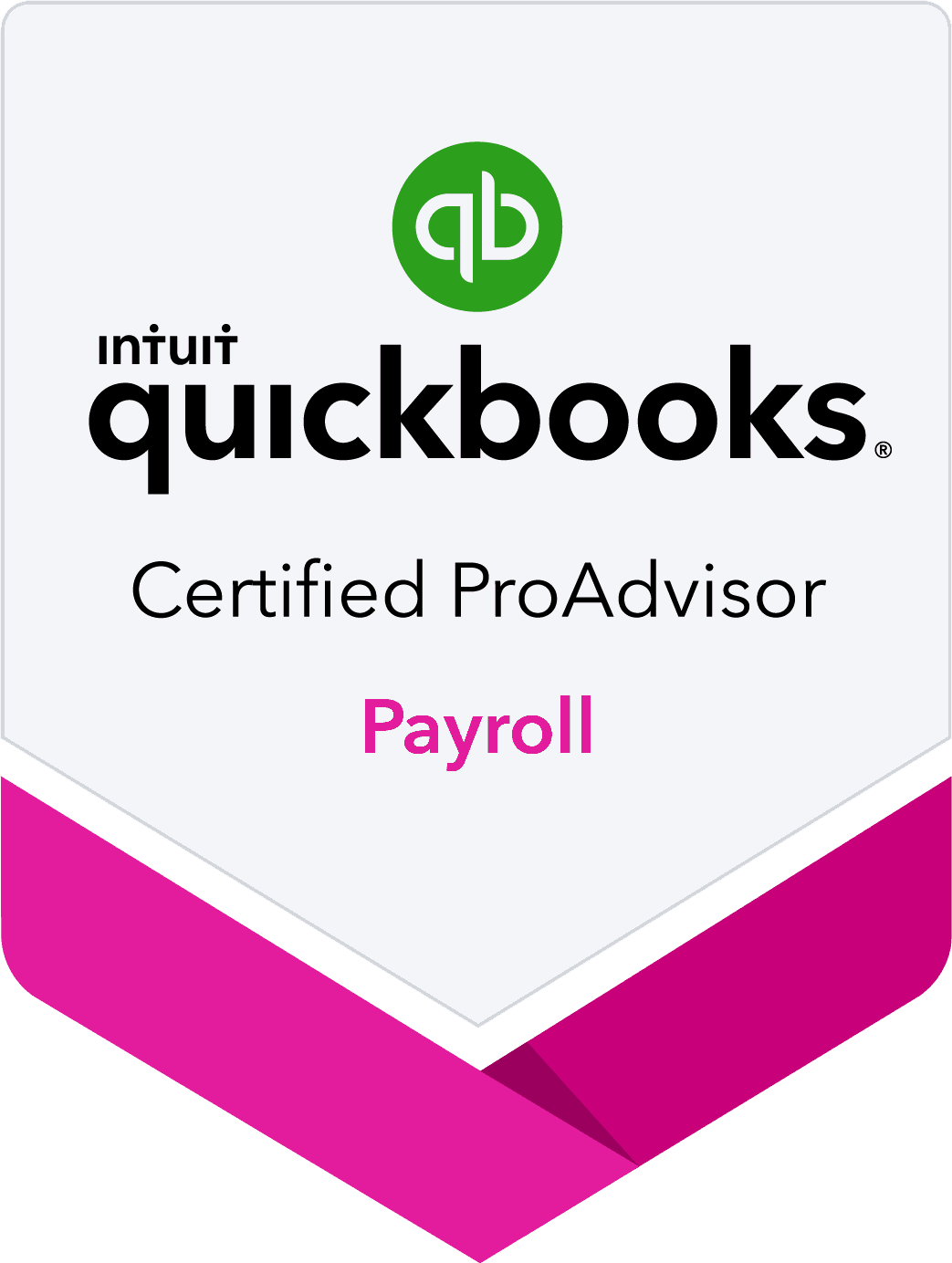Whether taxpayers are supporting natural disaster recovery, COVID-19 pandemic aid or another cause that’s personally meaningful to them, their charitable donations may be tax deductible. These deductions basically reduce the amount of their taxable income.
Here’s how the CARES Act changes deducting charitable
contributions made in 2020:
Previously, charitable contributions could only be deducted if taxpayers itemized their deductions.
However, taxpayers who don’t itemize deductions may take a charitable deduction of up to $300 for cash contributions made in 2020 to qualifying organizations. For the purposes of this deduction, qualifying organizations are those that are religious, charitable, educational, scientific or literary in purpose.
The law changed in this area due to the Coronavirus Aid, Relief, and Economic Security Act.
The CARES Act also suspends limits on charitable contributions and temporarily increases limits on contributions of food inventory. More information about these changes is available on IRS.gov.
There are some resources for people making donations
- Tax Exempt Organization Search
Taxpayers must give to qualified organizations to deduct their donations on their tax return. They can use this tool to find out if a specific charity qualifies as a charitable organization for income tax purposes. By the way, if an organization hesitates to show you its letter that has their 501(c)(3) status, you should hesitate to donate to them.
The organization might claim they can't find their letter. So just so you know, many people think that 501(c) and 501(c)(3) means the same thing, but they are actually two different tax categories in the Internal Revenue Code. However, a 501(c) organization may not allow its donors to write off donations while a 501(c)(3) organization lets its donors take tax deductions on their contributions.
Publication 526, Charitable Contributions
Publication 561, Determining the Value of Donated Property
Taxpayers generally can deduct the fair market value of property they donate. This publication helps determine the value of donated property.
>
The basic rule is that you may deduct no more than the property's “fair market value” at the time of the donation.
Form 8283, Noncash Charitable Contributions
Taxpayers must file Form 8283 to report noncash charitable contributions if the amount of this deduction is more than $500. The instructions for this form walk taxpayers through how to complete it.
> Deductions for noncash contributions are reported as itemized deductions. Noncash contributions can include securities, property, vehicles, collectibles, or art.
Schedule A, Itemized Deductions
Taxpayers deducting donations do so on Schedule A. The instructions for this form include line-by-line directions for completing it.
> Schedule A is divided into seven sections: Medical and dental expenses, taxes you paid, interest you paid, gifts to charity, casualty and theft losses, other itemized deductions and a section for your total itemized deductions.
Frequently asked questions: Qualified charitable distributions
Taxpayers age 70 ½ or older can make a qualified charitable distribution from their IRA – up to $100,000 – directly to an eligible charity. It’s generally a nontaxable distribution made by the IRA trustee to a charitable organization. A QCD counts toward their minimum distribution requirement for the year.
> The qualified charitable distribution (QCD) rule allows traditional IRA owners to deduct their required minimum distributions on their tax returns if they give the money to a charity. By lowering your adjusted gross income, the QCD rule can effectively reduce your income taxes.
We are experts in accounting, payroll, and taxes for individuals and small businesses located in Orlando, Florida. With our bilingual staff, we go beyond the numbers to assist you with the ever-changing tax code and help you with your accounting needs to enhance your profitability.
We would love to be your Accounting Agency. Do not hesitate to call us at (407) 601-3157.
Email us with any questions at
ana@anaecheverriassociates.com
Office Hours
Mon - Fri
9:00 am - 5:00 pm
Sat - Sun
Closed






